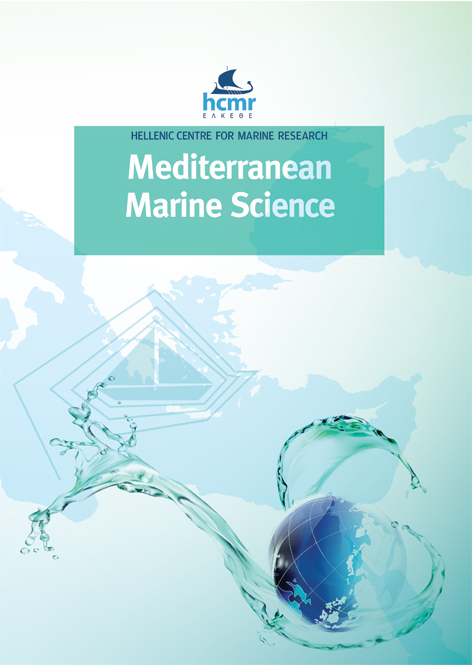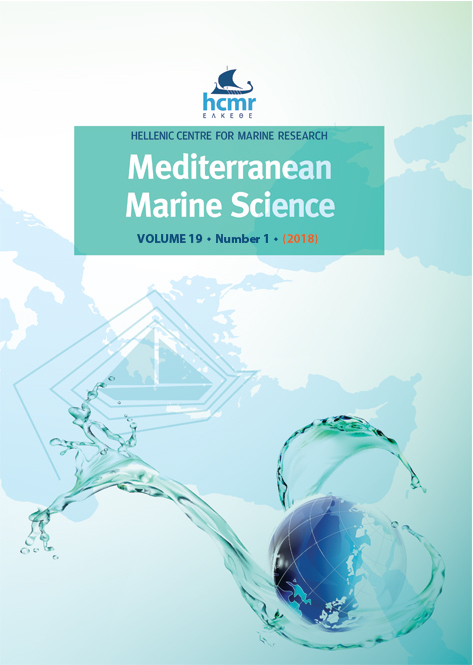Variation in the stable isotope trophic position of the bluefish Pomatomus saltatrix (Linnaeus, 1766) from two Mediterranean sites: insights from a global meta-analysis

Abstract
A direct consequence of sea warming is the shift in the distribution range of thermo-tolerant species that have the potential to determine novel inter-specific interactions, ultimately altering food web structures and ecosystem processes. In this study, we investigated the trophic position of the bluefish Pomatomus saltatrix (Linnaeus, 1766), a pelagic predator that has recently expanded its distribution in the Mediterranean basin and for which scant information is available on its functional role in recently-colonised areas. Nitrogen and carbon stable isotopes were determined in muscle tissues of bluefish specimens collected in south-east Italy in the Gulf of Taranto (NW Ionian Sea) and in the Strait of Otranto (SW Adriatic Sea) at two coastal sites showing contrasting oceanographic conditions. The bluefish trophic position (TP) was estimated using locally abundant forage fish species as isotopic baselines. The results indicated for bluefish from the Strait of Otranto a TP value of 5.1, significantly higher than that determined in the Gulf of Taranto (4.2), and exceeding stomach content-based estimations reported by the online database FishBase and by literature sources. A synthesis of 30 publications reporting isotopic data for the bluefish and its potential prey at a global scale indicated that the species’ trophic position varied considerably between 2.7 and 5.2. The observed variability depended on location
and on the baseline species used in the estimations. Yet, a significant difference in trophic position was observed for bluefish from transitional and inshore environments as compared with offshore areas, mirroring the results obtained from the Gulf of Taranto and the Strait of Otranto. The findings of the study highlight the high trophic plasticity characterizing the bluefish in recently colonized areas, suggesting that it may play a key role in facilitating the expansion of its distribution range. However, additional investigations are essential to provide an advanced resolution of the bluefish functional role in Mediterranean coastal food webs.
Article Details
- How to Cite
-
MANCINI, F., LILLO, A. O., BARDELLI , R., VIZZINI, S., & MANCINELLI, G. (2022). Variation in the stable isotope trophic position of the bluefish Pomatomus saltatrix (Linnaeus, 1766) from two Mediterranean sites: insights from a global meta-analysis. Mediterranean Marine Science, 23(4), 850–863. https://doi.org/10.12681/mms.29325
- Section
- Research Article
Authors who publish with this journal agree to the following terms:
- Authors retain copyright and grant the journal right of first publication with the work simultaneously licensed under a Creative Commons Attribution Non-Commercial License that allows others to share the work with an acknowledgement of the work's authorship and initial publication in this journal.
- Authors are able to enter into separate, additional contractual arrangements for the non-exclusive distribution of the journal's published version of the work (e.g. post it to an institutional repository or publish it in a book), with an acknowledgement of its initial publication in this journal.
- Authors are permitted and encouraged to post their work online (preferably in institutional repositories or on their website) prior to and during the submission process, as it can lead to productive exchanges, as well as earlier and greater citation of published work (See The Effect of Open Access).





